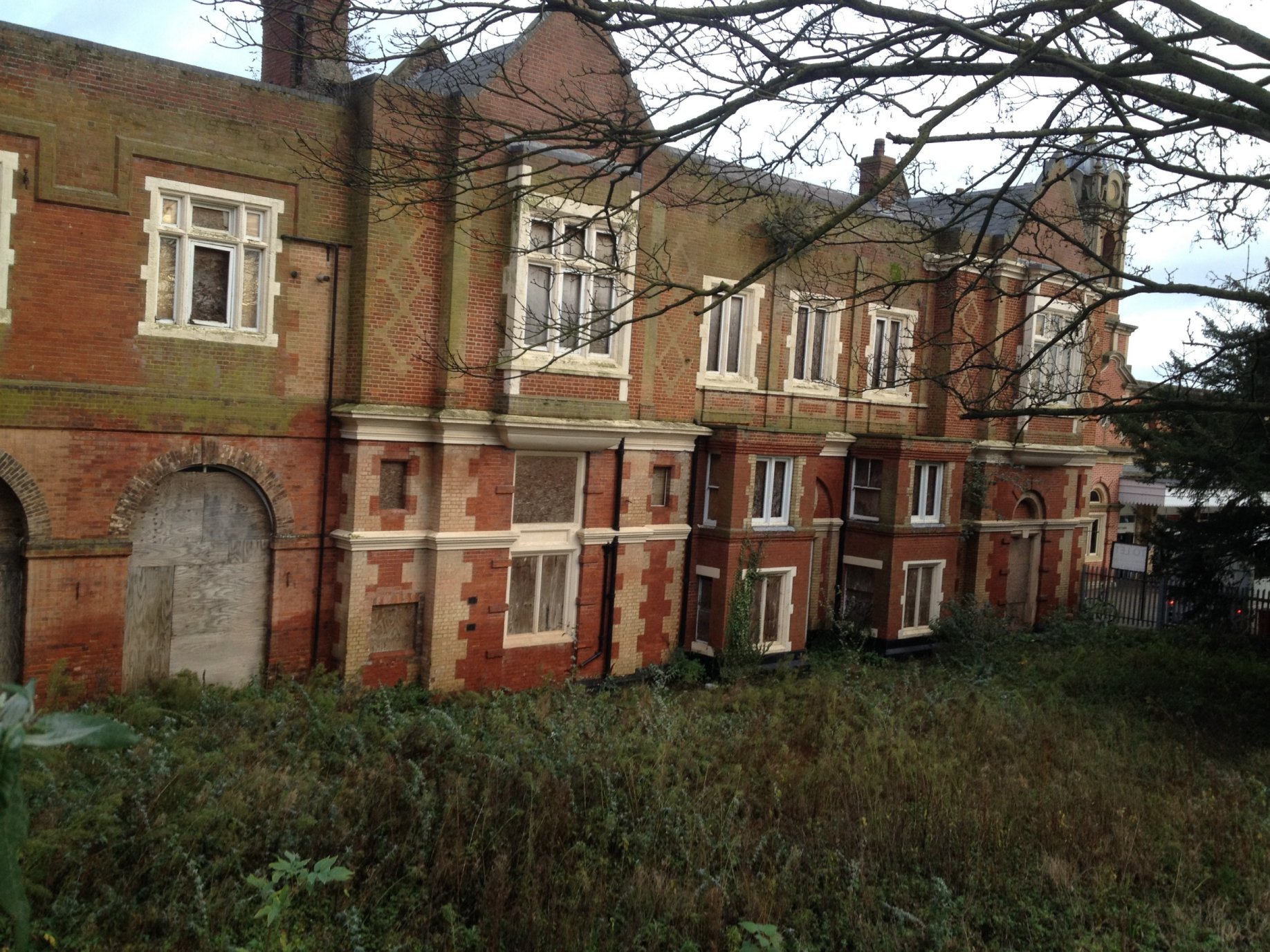
Stationmaster's house at Bury St Edmunds
The railway artists
Revitalising derelict railway buildings could provide a solution to the shortage of studio and creative workspace in the East of England, explains Natalie Pace.
A shortage of affordable studio space that supports and brings together artists and makers in East Anglia is compromising the development of their practices.
A case study produced by Smiths Row, a visual arts organisation currently based in Bury St Edmunds in Suffolk, has revealed a rising concern among artists and visual arts organisations about the impact of the loss of studio space. This issue is locally nuanced – the largely rural nature of the region’s geography and high property prices in Cambridge – but it is an issue nationally too.
artists feel a combination of professional support and a space for networking and exchange with other artists in the region are just as beneficial as a physical workspace
The predicted loss of a third of London’s studio spaces over the next five years certainly suggests this is a situation only likely to become more acute. A GLA survey in 2014 stated that over 30% of current London studios would disappear within five years, affecting some 3,500 artists.
Network of studios
Smiths Row has spent the past two years researching and developing a proposal to help tackle this problem. The vision is to create a network of artists’ studios along the Ipswich to Cambridge rail line. The studios would reinvigorate derelict railway buildings, first at Stowmarket and then at Bury St Edmunds’ stations, to create a new form of arts infrastructure. The studios are conceived as a sustainable model for creating artist workspace across the UK through a mutually beneficial partnership with the railways.
Timing and high-level contacts in the rail industry have been critical to the project’s development. In 2015 an opportunity presented itself through the East Anglia’s rail franchise bidding process and a one-off grant became available to develop our new model through the Cabinet Office via the Big Lottery.
Research and discussions
Smiths Row carried out research, Defining Space: Making Studios Work, that included widespread consultations with local groups, focus meetings with contemporary arts organisations, initiatives within the rail industry and an analysis of the latest reports into studio provision.
Central to this research was a forum which brought together artists, curators and studio providers to benchmark need and possible solutions. During the closing panel of the forum event, artist and curator Nina Coulson, from Movement Gallery, Worcester Foregate railway station, neatly summarised the functions of an artist studio as “a place to make, a place to think and a place to be social”.
The forum also highlighted artists’ view that a combination of professional support and a space for networking and exchange with other artists in the region are just as beneficial as a physical workspace. Support could include associate artist programmes, membership schemes and an informal programme of artist-focused social events.
Joint working
Smiths Row’s next step is to work in partnership with rail organisations and local authorities to restore derelict rail buildings along the Ipswich to Cambridge line for community and studio use, with an accompanying associates programme. This will support rural and isolated artists by creating programmes that offer the opportunity for discussion, exchange, mentoring and collaborations.
In the light of the urgency required to address the crisis in studio provision in East Anglia and elsewhere, we are also backing Creative United’s call for joint working in the sector, a strengthened and fully resourced support network for studio development, and specialist training in capital assets management to support the sustainable development of studios.
We are calling upon local authorities to be proactive and act as catalysts for the development of creative workspaces, fulfilling drivers for economic growth, community wellbeing and placemaking. This includes automatically applying 20% discretionary rate relief to studios with charitable status.
Natalie Pace is Curator at Smiths Row.
www.smithsrow.org
Join the Discussion
You must be logged in to post a comment.